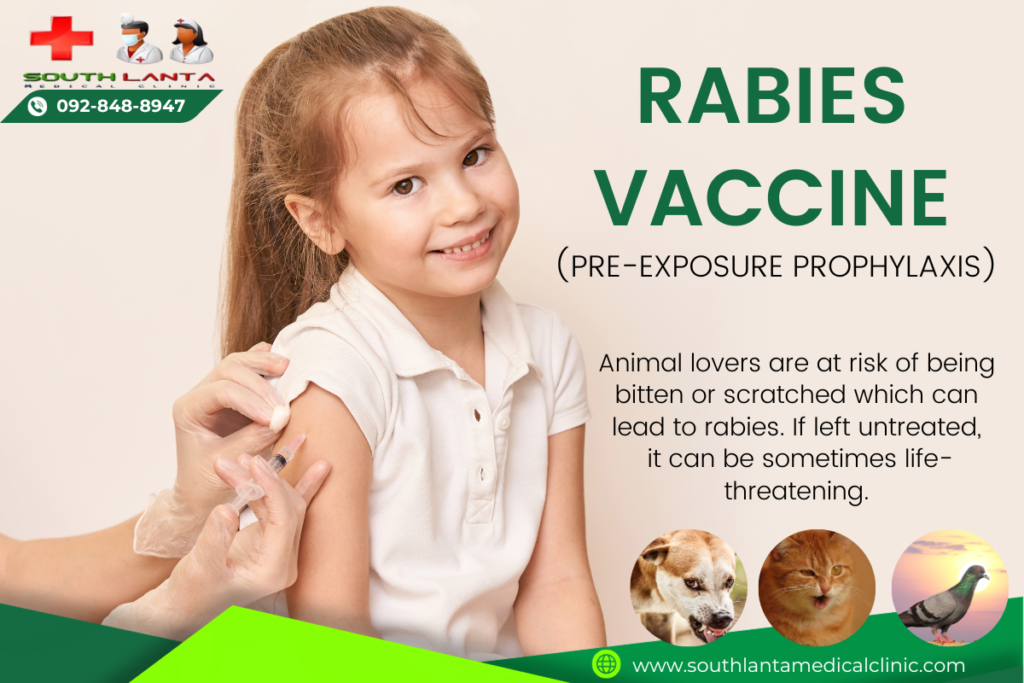
The deadly rabies virus can infect humans when it contacts their saliva. Typically, a bite is how the rabies virus is spread.
Bats, coyotes, foxes, raccoons, and skunks are among the animals most likely to spread rabies in the US. Stray dogs are most likely to infect people with rabies in underdeveloped nations.
The disease almost invariably results in death once rabies symptoms start to appear. For protection, rabies vaccinations should be given to anyone who could be at risk of catching the disease.
Symptoms
The initial signs of rabies can resemble the flu quite closely and can linger for days.
Later indications and symptoms may consist of:
- Fever
- Headache
- Nausea
- Vomiting
- Agitation
- Anxiety
- Confusion
- Hyperactivity
- Having trouble swallowing
- excessive slobbering
- Fear brought on by struggles swallowing water during tries to drink fluids
- Fear brought on by being blasted with air
- Hallucinations
- Insomnia
- Limited paralysis
When to see a doctor
you are bitten by an animal or are exposed to one that may have rabies, get medical help right once.
You and your doctor can decide if you need to get rabies therapy based on your injuries and the circumstances surrounding the exposure.
“Seek medical assistance even if you’re unsure whether you’ve been bitten. A bat that enters your room while you are asleep, for example, might bite you without waking you up.”
Consider yourself a bit if you awaken to a bat in your room. Additionally, if you see a bat close to someone who is unable to disclose being bitten, like a young child or someone who is disabled, you should assume they have been bitten.
Rabies infection is brought on by the rabies virus. The virus is transferred via infected animals’ saliva. By biting another animal or a person, infected animals can transmit the virus.
“When contaminated saliva contacts an open wound or mucous membranes, such as the mouth or eyes, rabies can, in rare instances, be transmitted. If an infected animal licked an open wound on your skin, this might occur.”

Treatment for those who have been bitten by rabid animals
You’ll get a series of shots if you’ve been bitten by an animal known to have rabies to stop the rabies virus from infecting you. It may be best to assume that the animal that bit you has rabies if the animal that bit you cannot be located.
However, this will depend on a number of variables, including the species of the animal and the circumstances surrounding the bite. Rabies vaccinations include:
A rapid-acting vaccination against the virus called rabies immune globulin. If you haven’t received the rabies vaccine, you’ll receive this. As soon as feasible after the bite, this injection is administered as close as possible to the location where the animal bit you.
A series of rabies shots to train your body to recognize and combat the rabies virus. The rabies vaccine is injected into your arm. If you’ve never gotten the rabies vaccine, you’ll get four shots spread out over 14 days. You will receive two shots throughout the first three days if you have had the rabies vaccination.
Treatment
You’ll get a series of shots if you’ve been bitten by an animal known to have rabies to stop the rabies virus from infecting you. It may be best to assume that the animal that bit you has rabies if the animal that bit you cannot be located.
Because of this, you must receive a series of shots if you believe you have been exposed to rabies in order to stop the disease from spreading.
Treatment for those who have been bitten by rabid animals
You’ll get a series of shots if you’ve been bitten by an animal known to have rabies to stop the rabies virus from infecting you. It may be best to assume that the animal that bit you has rabies if the animal that bit you cannot be located.
However, this will depend on a number of variables, including the species of the animal and the circumstances surrounding the bite.
Rabies vaccinations include: